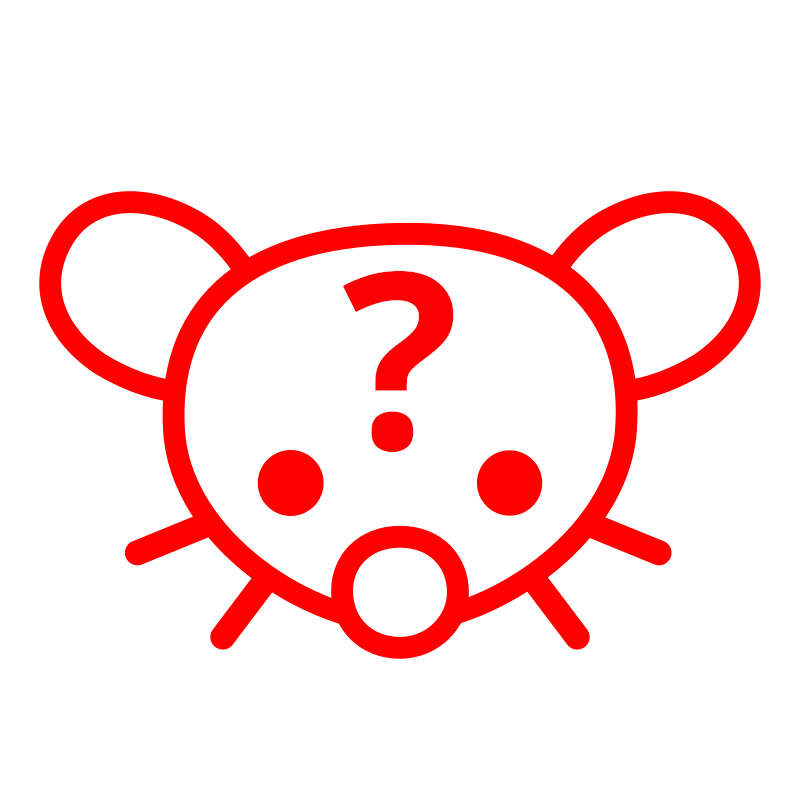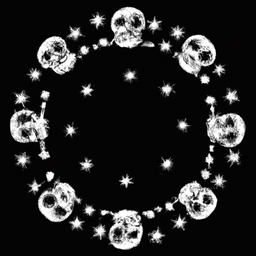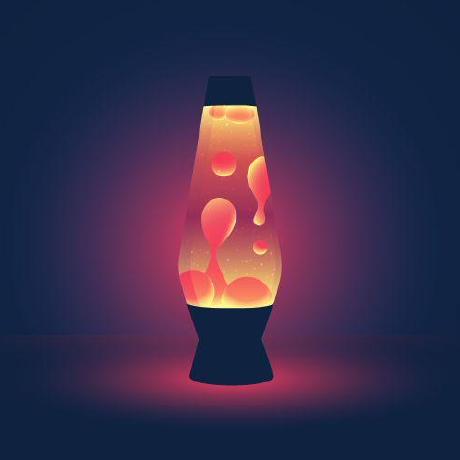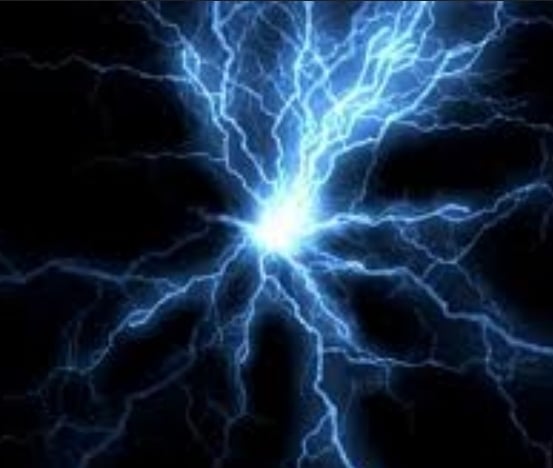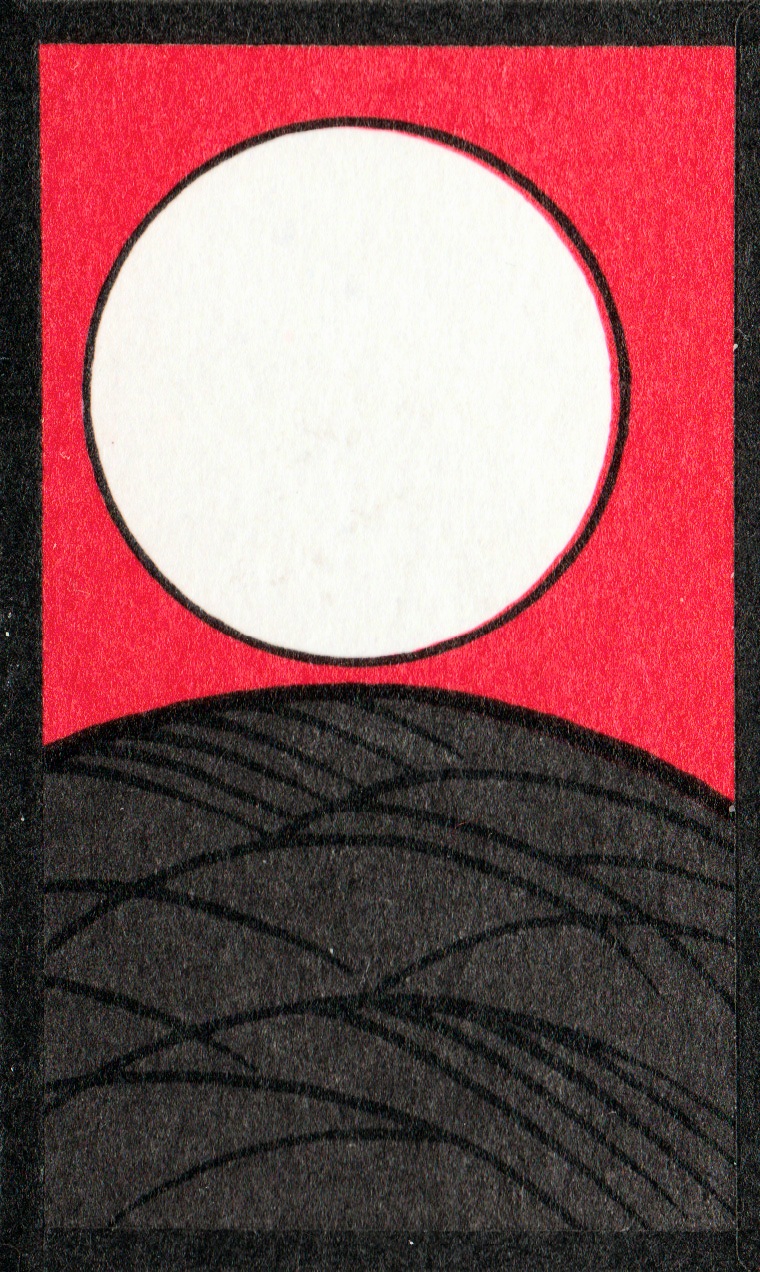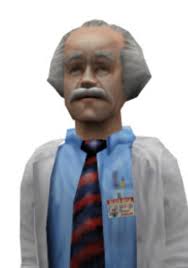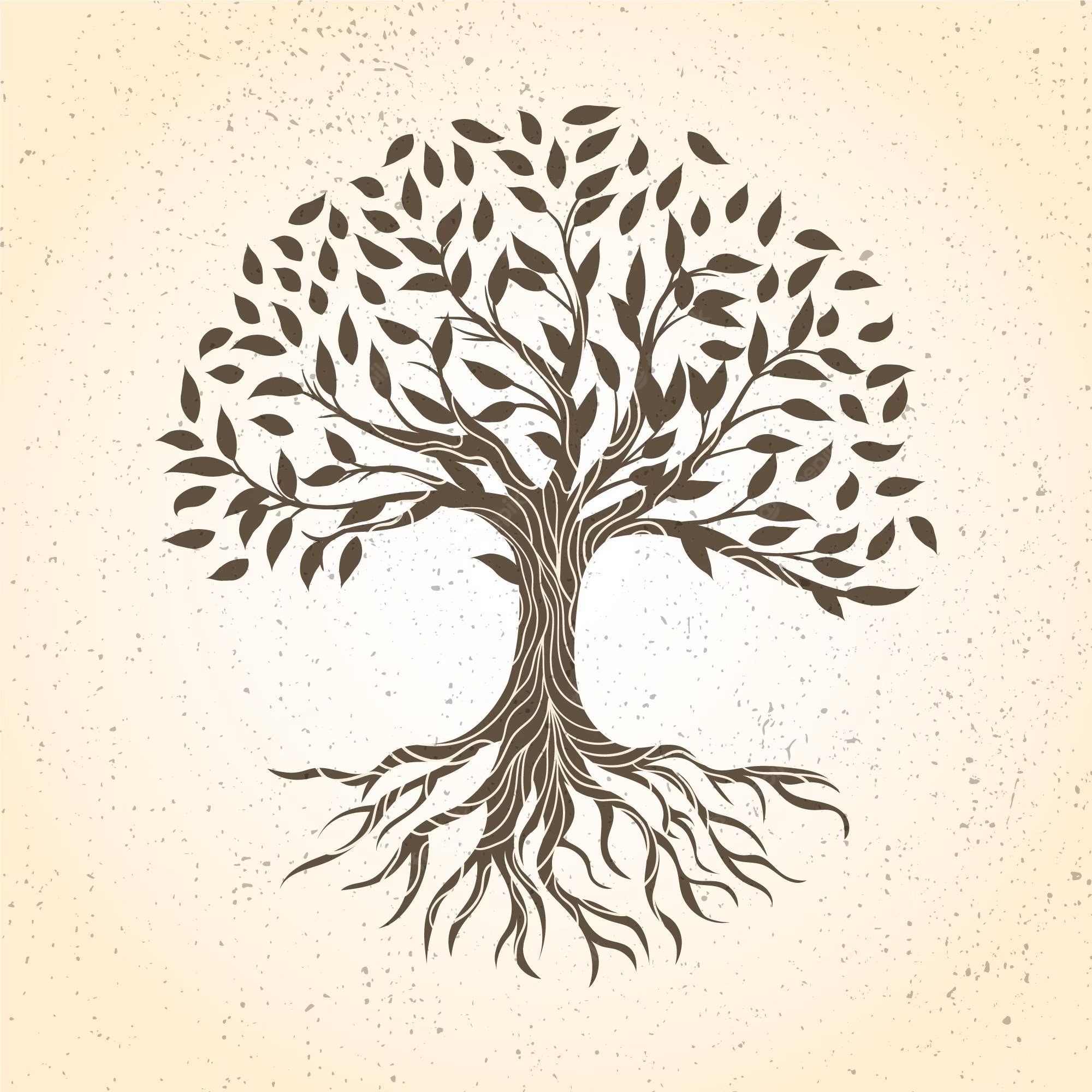At work we somehow landed on the topic of how many holes a human has, which then evolved into a heated discussion on the classic question of how many holes does a straw have.
I think it’s two, but some people are convinced that it’s one, which I just don’t understand. What are your thoughts?
1 ‘hole’ if you can call it that. Imagine if the straw started life as a solid cylinder and you had to bore out the inside to turn it into a straw: if that were the case, you would drill 1 hole all the way through it.
Another analogy is a donut. Would you agree that a donut has just 1 hole? I would say yes. Now stretch that donut vertically untill you have a giant cylinder with a hole in the middle. That’s basically now just a straw. The fact you stretched it doesn’t increase the number of holes it has.
Imagine if the straw started life as a solid cylinder and you had to bore out the inside to turn it into a straw
This would mean a straw has a hole, yes. It would be like a donut indeed - donuts are first whole, then have the hole punched out of them. This meets a dictionary definition of a hole (a perforation). A subtractive process has removed an area, leaving a hole.
But straws aren’t manufactured this way, their solid bits are additively formed around the empty area. I personally don’t think this meets the definition.
Your topological argument is strong though - both a donut and straw share the same topological feature, but when we use these math abstractions, things can be a bit weird. For instance, a hollow torus (imagine a creme-filled donut that has not yet had its shell penetrated to fill it) has two holes. One might not expect this since it looks like it still only obviously has one, but the “inner torus” consisting of negative space (that represents the hollow) is itself a valid topological hole as well.
“This meets a dictionary definition of a hole.
But straws aren’t manufactured this way, their solid bits are additively formed around the empty area. I personally don’t think this meets the definition.”
By this logic, how I make a doughnut changes whether it has a hole.
If I make a long string of dough and then connect the ends together and cook it (a forming process) it doesn’t have a hole.
If I cut a hole in a dough disc and then cook (a perforation) it has a hole. Even though the final result is identical?
A strownut if you will
I would eat that
But here’s the thing. Take that doughnut and stretch it until it’s a cube with two square cutouts in it. Stretch in some of the inner walls. Now you have a house, with a door and a window. Now: does the house have two holes - a door and a window - or does it have one hole?
Locally has two extrinsic holes, that is holes relative to things outside and inside the house, globally has one intrinsic hole. We say that the door is a hole respect to the wall no to the house itself. So both the door and the window are holes locally. But we never say the house has holes, we talk about walls and ceilings so globally that house has 1 hole. Another way of thinking it is that if the house can be deformed into a filled doughnut then it can be compressed to a circle and that’s the definition of a 1-hole.
Topologically, still one
You just blew my mind. Thanks.
What if you bored from both ends of the cylinder until they meet in the middle?
There would be two holes until, at the moment of contact, it becomes one?
Does the method with which the straw shaft is created influence the number of holes it has?
No, topologically there would be no holes until the moment of contact. This is the same as there being no hole when drilling through from only one side until the surface on the opposing side is broken.
Yes, but topologists can’t tell a doughnut from a coffee cup so they’re clearly insane.
So how does one “dig a hole?” Straight to China? Or whatever is opposite of you?
Topologically, yes. Buy you could also go down a bit, make a lateral tunnel, then pop back up.
So what you are saying is, if I dig a hole that doesn’t go anywhere, then that’s not really a hole?
In topology, yes. It must go through to count.
That’s fascinating. So most of what I would call “holes” are what, in topographical terms, hollows? Depressions?
Topologically, yes. Coincidentally, “Hole to Nowhere” is the best Talking Heads parody album.
Heh I will have to check that out!
Not only that, but if you pinch it in the middle until the passage closes, could it still be called just one hole?
How many holes does a rubber band have? A donut?
Topologically a rubber band, a donut, and a straw have the same number of holes. The hole at either end of the straw is just a continuation of the same one hole.
Take that cylinder and stretch it until it’s a cube with two square cutouts in it. Stretch in some of the inner walls. Now you have a house, with a door and a window. Now: does the house have two holes - a door and a window - or does it have one hole?
I disagree. A rubber band and a donut do not have an ‘in’ and ‘out’.
A straw does? What are you, the straw police?
A straw’s “in” and “out” are completely arbitrary. You can flip a straw either way and it’d still work.
Anything with a hole through it that isn’t perfectly 2D could have a “in” and “out” side. Your rubber band your doughnut only don’t have one because nobody ever thought to define one.
Stick your finger through a donut, does it go in one side and out the other?
Giggidy.
Classic topology question. Absolutely one hole; it goes all the way through.
Of course, connotatively, two is a fine assessment, but not in topology.
How many holes does a donut have? Now just try to image the real difference between a straw and a donut. Is there one, aside from deliciousness?
Deliciousness here is only limited by bravery.
Taste. Edibility is relevant to bravery, not enjoyability.
That’s nice but topology is quite removed from everyday language. A hole in the ground is a hole.
A hole that goes all the way through earth is still one hole
I completely agree. That’s what I’m saying. Topologically if you dig into the earth with a shovel, it hasn’t changed at all; there is no hole, but connotatively there clearly is.
And what I’m saying is that answering this with topology is quite misplaced because topology explicitly doesn’t deal with physical objects, ever. It uses very specific abstract definitions which cannot apply to everyday life.
That is not to say it isn’t useful. It’s an amazing discipline with wide applications, but answering questions about the properties of physical objects is not its intended use.
I was explicit that there are two topics here. You seem to agree. Why you think bringing up topology when asking a famous topology question that people like Riemann have been talking about for a few hundred years is just weird. That’s like saying you can’t talk about geometry when asking how many sides a house has. Feels very akshually.
Mathematically It’s one. Think of a disk, like a CD, does it have one hole or two? One, right? Now imagine you can make it thicker, I.e. increase the height, and then reduce the outer radius… Making it progressively more straw-like. At what point does it stop having 1 hole and begin to have 2?
Topologically they’re the same shape.
I’m sure Matt Parker has a video on this topic in YouTube. Here
The specific field is topology fyi
how many holes does a donut have? one. a straw is just a tall plastic donut.
two holes… smdh… kids these days
What if you tie a knot in the straw? Still one?
Just copying my response to another comment asking the same:
That doesn’t change the topology though. Or at least you can’t without it no longer being a straw.
A straw is the product of a circle and an interval. Either the knot doesn’t fully seal the interval, meaning it’s topology is maintained, or you completely seal the straw, changing it from 1 long interval to 2 separate intervals, changing the object entirely.
In this situation, the straw would not be completely sealed. It is clearly inefficient, but technically there exists a path for which there is a level of force that could applied that would make the straw function.
Just tried it… I can’t suck liquid through.
Thats because you have weak-ass lips. Your mom could do it no problem.
My mom is dead… I asked your mom she said she sucks golf balls through hoses on the weekend as a warm up before hitting all the town glory holes
Just so we are all on the same page here… Y’all down voted science, you plebs
if it doesn’t go all the way through anymore, is it even a hole? zero.
A straw is geometrically the same as a circular piece of paper with a z depth of zero and a hole in the middle. Because the z depth is zero there is only one hole. As you add thickness the one hole remains. Therefore, a straw has one hole.
so, using this logic, how many holes does a human have? 2? 2 1/2?
deleted by creator
I counted the ears as 1 hole and the rest as another. Like If I put food in my ear it wont come out through the mouth or urethra.
Edit: I was wrong, the ears are indeed conected to the nasopharynx and I didn’t know that.
- Two ears, two eyes, two nostrils, one mouth, all connected to the anus.
ears? tell me this story…
You have to rip through a membrane unless you’ve had tubes implanted for the ears I think?
Yes I google it and discovered my mistake
I’m a weirdo who learned how to ‘click’ their ears (opening eustachian tubes on demand) on their own possibly before Google existed, and have done a little research between now and then :p
It’s just one long hole.
yup, answer is 1
It has two exits, one hole.
If you drill a hole in a block of wood you create one hole not two, note that whether or not the drill exits the opposite side, only one hole has been created despite differing numbers of exits.
What if you drill through a book?
You’ll be banned from the bookstore
Is the book closed before and then being opened after? The state of the book matters (and possibly the pages!)
I think its more or less the same, spacially. I think the distinction breaks down more with like a wiffleball, which I’d argue is one hole with many exits.
ah fuck now i’m gonna be thinking about this all night
The answer depends on the context. Topologically, it’s one. I personally like zero. If I say “There’s a hole in my straw!” You’ll not think all straws have holes. You’ll think there’s something wrong with it.
To be fair, I think shirts already have holes, but if I said “there’s a hole in my shirt” you’d think there was an EXTRA hole
If you say “There’s a hole in my straw” I think it’s always implied you’re talking about an unexpected hole. You can also say “There’s a hole in my sweater/pasta strainer/etc” and people would get you’re talking about a hole that is not supposed to be there. Straws are the same. They have one hole and you’d be unhappy if another appeared.
A cup is essentially a self-contained hole that we pour stuff in, but if I say there’s a hole in my cup you’d know what I meant
From a topology perspective, a cup does not have a hole. A mug does, but its the hole that the handle makes, not the area containing liquid.
No, I´ll be puzzled for a second and then think you are making a joke.
I was also thinking zero. I picture a straw as a rectangular piece of material that’s been curled to form a cylinder, and in my mind that rectangle has no holes in it. I was confused when I saw that the options were only one or two.
As far as 2D topology is concerned the number of holes increase when you glue the edges of the rectangle together.
Though in that case you’re basically counting how many boundaries the surface has, which for a straw is 2 distinct circles.
Does a doughnut have two holes?
Because a straw is just an elongated doughnut.
So is a coffee mug.
Are we considering it 3D then? I thought we’d be thinking of it as a 2D surface (which, for the record, has got 2 holes).
In this universe, objects are 3D!
I believe the confusion lies in the word “holes” when you are thinking about openings or exits. Just my 2 cents.
Yes, I agree. “Hole” is poorly defined. This isn’t a technical question about straws but a technical question about language.
One of course, what a weird conversation to have.
If you make the straw less long, it’s a donut. And a donut obviously has 1 hole. So a long donut only has one hole. Q.E.D
I didn’t expect all the other comments to also use donuts to explain this
one hole is going through the straw
No it’s two holes
I’m more interested in humans. Is the mouth and anus two holes or one?
on average, seven. vsauce has a video on this

